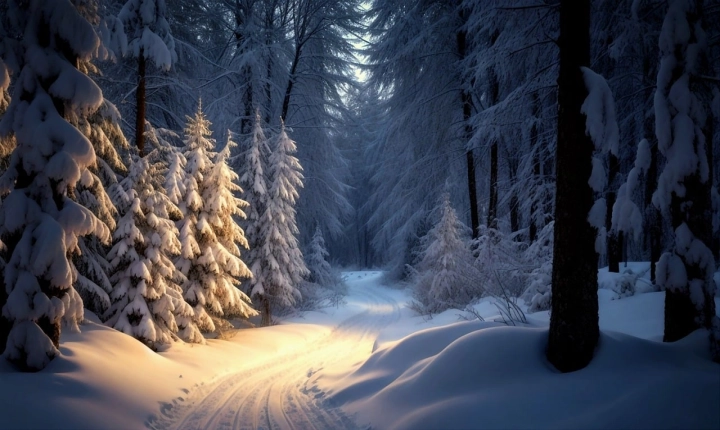Title: How to Get Better AI Art Results: Tips and Techniques
Artificial intelligence (AI) has revolutionized the way we create, experience, and interact with art. With the rise of AI art generation tools and platforms, anyone can harness the power of machine learning algorithms to produce stunning and unique artworks. However, getting the best results from an AI art generator requires not only using the right tools but also understanding how to optimize your inputs and tweak the settings for the desired outcome. In this article, we will explore some tips and techniques to help you get better AI art results.
1. Choose the Right AI Art Generation Tool
Before diving into the world of AI-generated art, it’s essential to research and select the right AI art generation tool or platform. There are various options available, each with its own strengths and limitations. Some popular AI art generators include DeepArt, RunwayML, and Artbreeder. Consider the features, ease of use, and output quality of each tool before making a choice.
2. Select High-Quality Inputs
The quality of the input image significantly influences the output of an AI art generator. When selecting photos or images to use as input for the AI art generation process, opt for high-resolution, clear, and well-composed images. The more detailed and visually appealing the input images, the better the AI art results are likely to be.
3. Experiment with Style Transfer Options
Many AI art generation tools offer style transfer options, allowing users to apply the characteristics of a particular artistic style to their input image. Experiment with different style transfer options to achieve the desired artistic effect. Consider factors such as brushstroke intensity, color palette, and texture to create a unique and visually compelling artwork.
4. Adjust Parameters and Fine-Tune Settings
Most AI art generation platforms provide users with the ability to adjust parameters and fine-tune settings to achieve the desired output. Experiment with parameters such as contrast, brightness, saturation, and noise levels to refine the final artwork. Additionally, explore advanced settings and features to gain more control over the AI art generation process.
5. Combine and Remix Artworks
Utilize AI art generation to create hybrid or remix artworks by combining multiple images or styles. Some platforms allow users to blend, overlay, or mix different artworks to produce a new and original piece. By exploring the possibilities of combining and remixing artworks, you can unlock endless creative potential and expand the range of AI-generated art results.
6. Learn and Practice AI Art Techniques
Like any artistic skill, creating compelling AI-generated art takes time, practice, and experimentation. Take the time to learn about the principles of art and apply them to the AI art generation process. Study composition, color theory, and art history to inform and inspire your AI art creations. Additionally, practice regularly and challenge yourself to push the boundaries of what is possible with AI art generation.
In conclusion, AI art generation is a powerful and exciting medium for creating compelling and visually striking artworks. By selecting the right AI art generation tool, optimizing input images, experimenting with style transfer options, adjusting parameters, combining and remixing artworks, and learning and practicing AI art techniques, you can enhance the quality and creativity of your AI art results. Embrace the endless possibilities of AI art generation and unleash your artistic vision through the innovative capabilities of machine learning algorithms.
Overall, getting better AI art results is a combination of creativity, technical knowledge, and experimentation. With the right approach and mindset, AI art generation can be a rewarding and fulfilling creative endeavor that opens up new horizons in the world of art.
